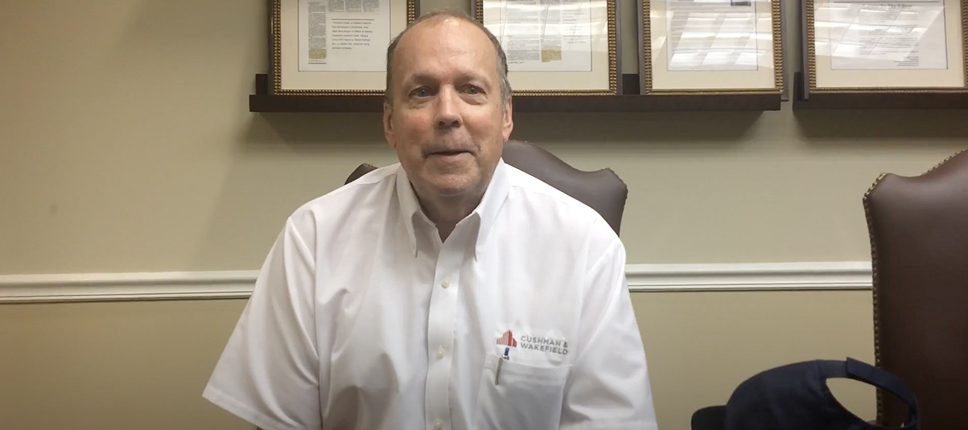Posted in Personal Injury
Catastrophic injuries usually occur in an instant, without any warning whatsoever. They involve severe injuries that result in permanent disability, prolonged medical issues or a significantly diminished life expectancy. Unfortunately, there is also the reality of extremely high medical bills that are attributed to a catastrophic injury. Bills that may or not may not be covered by insurance.
Catastrophic injuries affect everybody around the injured person, especially their family. They generally involve injuries to the brain, spinal cord, the spine itself, crushing multiple fractures or severe burns. An accident victim may never be able to return to his or her former job, and many people who suffer these injuries will never be able to work at all.
Common Causes of Catastrophic Injuries
A wide variety of events can result in catastrophic injuries. Most are caused by the negligence of somebody else. Some causes include but are not limited to:
- Car accidents
- Motorcycle and bicycle accidents
- Medical malpractice
- Railway accidents
- Aviation accidents
- Defective products
Catastrophic injuries can result in severe impairment of the central nervous system. In turn, that impairment can affect voluntary nervous system functions such as speech, movement of extremities and cognitive abilities. Even involuntary nervous system functions involving breathing, circulation and digestion can be affected. For purposes of managing a catastrophic injury, the knowledge and experience of different healthcare professionals might be required. Those professionals might include:
- Physicians
- Nurses
- Therapists
- Psychologists
- Caregivers
The Damages Issue
Obviously, the needs of a person who has suffered a catastrophic injury are far in excess of those of other injury victims. When victims reach maximum medical improvement, they might continue to be permanently disabled while living with significant pain and suffering along with a shorter life expectancy. Determinations must be made as to the future costs of care and treatment and life care planning.
Future Costs of Care and Treatment
Those who suffer a catastrophic injury will need temporary or permanent financial help for care and treatment with the goal of maximum medical improvement or even complete recovery. A rating of the degree of a person’s impairment can dramatically influence the amount of compensation a person receives along with where that compensation comes from. An impairment evaluation will also influence future issues like:
- What type of work, if any, the injured person can perform
- Eligibility for other compensation or benefits
- How independently he or she might be able to live
- The types of physical or psychological therapy that might be of benefit
Life Care Planning
This type of planning involves an evaluation of medical care and accessories that a person will need for life after suffering a catastrophic injury. Rehabilitation experts ordinarily consult with other experts and develop individualized life care plans for patients. The issues of aging, progression of the disability and complications are also taken into account. All costs are computed based on present day value. These life care plans are used by attorneys for purposes of seeking compensation for catastrophic injuries that their clients have suffered.
Proof of Negligence
To show negligence in any case, catastrophic or not, the injured party is required to
prove the following elements:
- That a duty was owed to them by the person they claim is liable for their injuries
- That a breach of that duty occurred
- That the breach of duty caused the damages claimed
- That the claimant suffered legally recognized damages
Because of the enormous potential financial exposure to defendants and their insurers, catastrophic injury cases are vigorously defended. Defense lawyers know that if the injured party fails to establish any single element of their negligence case, the case fails in its entirety. A claimant might also be partially responsible for his or her own injuries. Defense attorneys hired by the insurance company will look for any way that they might be able to shift some of the blame for the accident onto the claimant. That could reduce damages by millions. The best defense is a great offense.
Compensation for Damages
Although the facts and circumstances of every injury case are different, damages that are generally available to a victim of a catastrophic injury case can include but not be limited to:
- Past and future medical and life care costs
- Past and future lost earnings
- Past and future pain and suffering
- Permanent disfigurement
- Permanent disability
- Loss of a normal life
Recovery of Damages
We might hear of extraordinarily large jury verdicts in catastrophic injury cases, but there are times when those verdicts just can not be collected. For example, a defendant in a motor vehicle accident might be riding on a $100,000 policy and have a judgment entered against them for $10 million. It is likely that the victim is only going to collect $100,000. Other efforts must be made for obtaining care and treatment. An attorney who is experienced in catastrophic injury cases can be most helpful in lining up alternative financial assistance.
Catastrophic injury cases involve highly complex litigation. Only consult with an established attorney with significant experience in handling catastrophic injury cases.































